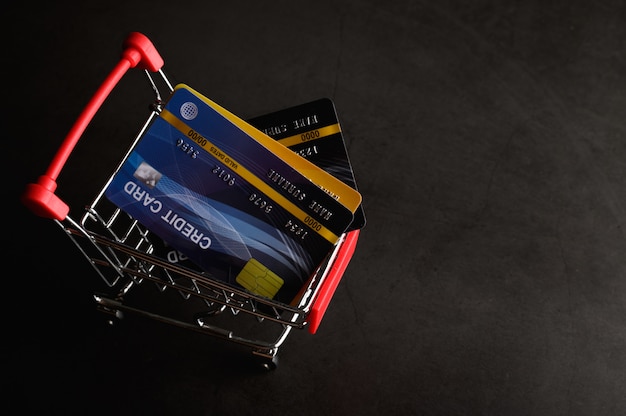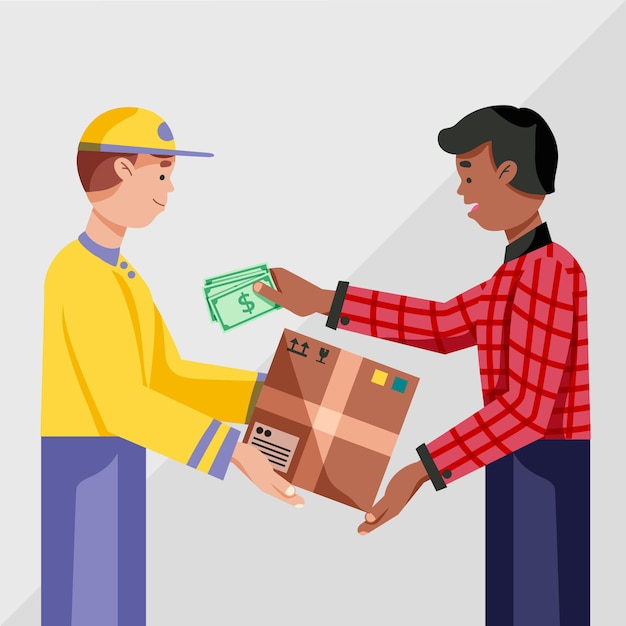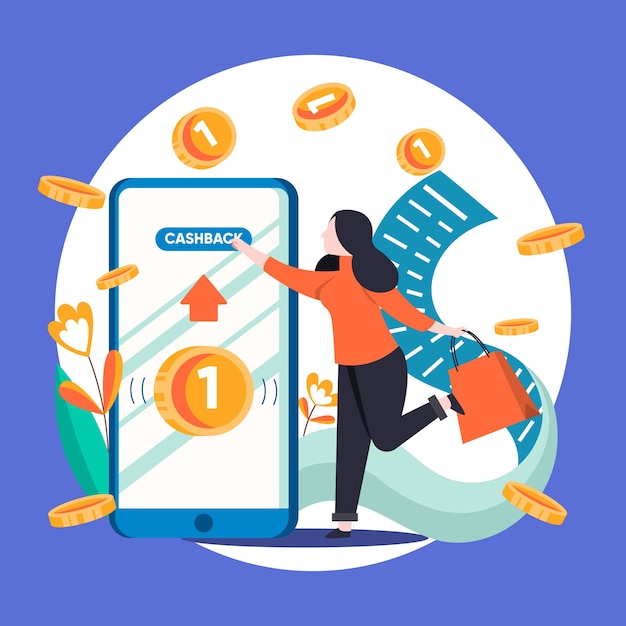What Is Model Context Protocol (MCP)?
Model Context Protocol (MCP) is a framework for structuring product data and its contextual relationships so AI agents—like ChatGPT, Amazon Rufus, or Google Gemini—can interpret...
Published: Mar 5, 2024 Updated: Dec 12, 2024
The ease of online payments has been a strong contributing factor to the rise of eCommerce in the past few years. However, with the evolution of technology, we have seen a change in digital payment trends as well. Now, payment is not limited to credit and debit cards. New financial payment systems have allowed users to pay through alternative online payment methods including e-wallets like PayPal, cryptocurrency, and buy now pay later (BNPL) schemes.
Cashless payments are already common in the eCommerce world. However, with new digital payment trends, there has been a rise in alternative payment methods. If businesses don’t equip their websites with these new payment methods, they might be missing out on a huge audience. So, even if their products are competitive in the market, a slight negligence could cost them their position in the market.
This article includes a deep dive into the newest cashless payment methods. It also gives an insight into what future payment services will look like. So, let’s get started!
Credit and debit cards are one of the most popular cashless payment methods today. According to a PaySafe report, 59% of consumers worldwide use debit cards while 51% use credit cards. 33% of the world’s population uses digital wallets for payment.
Even though digital payment methods are on the rise, the classic debit and credit cards are still used a lot for cashless payments. However, in the future, the use of debit and credit cards is expected to decline because of the rise in e-wallets and other digital payment systems.

While the future indicates that the use of credit and debit cards will decline, eCommerce businesses cannot forgo this payment system because people will continue to use these cards apart from digital payment methods, at least throughout the next decade.
Mobile wallets are applications that run over smartphones. This payment option has become quite popular amongst the younger generation because it eliminates the need to carry a credit or debit card around. An FIS Global Payments Report revealed that in 2021, e-wallets and digital apps were used for 18% of eCommerce transactions. The percentage increased to 22% in 2022. Owing to their popularity, by 2025, these apps are expected to be used for over 53% of eCommerce transactions.

Many of these apps are fingerprint or password-protected, so there is a meager risk while conducting transactions through these Apps. However, with the rise in cyber threats, these apps will continue to invest in cybersecurity to keep their users safe from phishing or hacker attacks.
Here are some popular mobile payment apps used today:
When cryptocurrencies were first launched in 2009, people were quite skeptical about them. However, the popularity of cryptocurrencies has been a game changer for eCommerce companies. Cryptocurrencies are now shaping the future of payments. Even PayPal, one of the most popular payment apps, now promotes crypto trading and crypto payments.
Bitcoin was the first cryptocurrency in the world and still remains the standard digital currency. However, people are investing in other currencies.

Because Bitcoin doesn’t require transfer fees, the payment process is easy for both customers and businesses. Because of this ease, in the future, we might see a rise in cryptocurrency payments on online platforms ranging from Bitcoin to Ethereum.
However, despite its popularity, the crypto market is still volatile. So, this payment method is not suited for small to medium-sized businesses that have a low-risk tolerance. However, in the future when these payment methods stabilize, they could become quite mainstream in the eCommerce industry.
Akin to cryptocurrency, many countries have also launched Central Bank Digital Currencies (CBDCs). These are virtual forms of the currency of the country that have the same value as paper currency.
While cryptocurrencies are still volatile, CBDCs offer an option for people who want to go cashless to conduct transactions without risk. However, till now only 10 countries in the world have launched these CBDCs. Other countries including the UK and the USA are still assessing how CBDCs could be designed to offer maximum resilience and safety to the consumer.
QR codes are again a great way to use smartphones for payments rather than carrying credit or debit cards. These QR codes are displayed at the merchant’s payment counter which can be scanned by any banking or digital payment app for quickly completing the transaction.

QR codes for payments were introduced in 2017. Since then, many banking apps and payment apps have incorporated it into their platform. This contactless payment method gained immense popularity during the pandemic when people were avoiding touching surfaces unnecessarily. During this time a whopping 1.5 billion people used the Quick Response codes to make payments.
This payment method remains a popular feature within banking and digital wallet apps.
ACH bank transfers go through an Automated Clearing House that reduces the costs of clearing. This electronic payment method has been incorporated by banks. It allows users to make transactions at a reduced cost. 93% of Americans use ACH bank transfers to receive their salaries to reduce the deductions and fees on payments.
Apart from banks, even digital apps like Square, Paypal, and Stripe now support ACH transfers.
However, one drawback of this online payment method is that it is not instantaneous. Depending on the use, transfers using the ACH typically take 3-5 business days. Another drawback is that it requires one to have their banking info on hand. In the future, if this payment system becomes quicker, it might be one of the most popular payment systems for eCommerce transactions.
Buy Now Pay Later (BNPL) systems are quickly gaining popularity because of their ease. Just like credit cards, this payment method allows the user to make a purchase and return the amount later. It is also like a loan, except that you won’t have to pay interest if you make your payments in a timely manner or in full.
BNPL’s interest-free payments have allowed users to purchase expensive items without having to worry about a price hike.
According to the FIS Global Payments Report 2023, BNPL was around 5% of global eCommerce transactions. Its popularity is expected to grow at a 16% CAGR in the coming years! Within these BNPL transactions, PayPal remains the top-used payment platform (used in 68.1% of BNPL transactions) followed by Afterpay and Affirm with 25.9% and 21.9% share in BNPL transactions respectively.
All of the digital payment methods discussed above are bound to gain popularity in the upcoming years. But what does it mean for eCommerce businesses?
Even though there has been a rise in different kinds of payment methods, eCommerce businesses, especially those that run on a small or mid-sized scale should pick secure payment methods. Bitcoin and other cryptocurrencies might be getting immensely popular amongst the younger generation, but their volatility is a risk to the business.
A rise in the number of payment methods has also given an opportunity for cyber attackers to come up with new ways to hack and steal. A payment method that has been gaining traction in recent years is the COD or cash-on-delivery system. In this payment method, the customer pays for the goods when they receive them.
While online payment systems have allowed customers to pay with ease, COD is a great way to make sure that the customers are paying for products they are promised and not damaged or counterfeit goods.

However, this payment method places a huge risk on the business as customers might refuse the order upon delivery or claim that the order is not as promised. However, businesses running on a small scale or catering to a small geographic location could use this method to gain the customer’s trust before asking them to pay online. This is typically best for businesses that are just starting with innovative products but don’t have the money to invest in a brick-and-mortar presence.
Customers have a range of online payment methods available at their disposal. However, many eCommerce businesses have stuck to traditional credit and debit cards for payments. Despite PayPal being one of the most popular digital payment systems, some countries where PayPal isn’t available, don’t accept PayPal payments.

However, in the future, it is up to eCommerce businesses to incorporate as many secure online payment methods as possible. This not only allows them to expand the options to the customer but also makes sure they don’t lose the customer to the competition.
In the world of eCommerce, businesses are constantly competing for customer trust and loyalty. A great way to get customers to stay loyal is cashback systems. In this system, the business has its own app or card which gives a cashback amount or points to the customer whenever they make a purchase. These points can then be redeemed while making purchases later.

While this system cannot work for businesses that list their products over channels like Amazon, it can work for businesses that already have an established customer base on their website. However, businesses are now using the cashback tactic to make customers return for more purchases.
In the current era of technology, businesses need to incorporate multiple payment systems. Many online web hosting services have free add-ons to allow eCommerce businesses to incorporate methods like PayPal for payment.
In the future, CBDCs and cryptocurrencies may gain popularity. Right now only 10 countries have opted for CBDCs. If a country like the USA which has a huge share in the eCommerce industry starts CBDCs, online merchants will have no choice but to accept this payment method and come up with ways to incorporate it in their business model.
However, dealing with so many payment methods can be a hassle, especially for businesses running on a volume revenue model with hundreds of products on their portfolio listed on multiple channels. In this case, Pimberly is one of the best ways to streamline payment systems and centralize information. If you want to see how Pimberly can help your business streamline payments, contact our team for a free demo today!


